— Jessica Ehlert
We can speculate why the equine industry’s been slow to adopt new technologies: perhaps it’s our fragmented market deeply divided by disciplines (did you know Western Dressage is a thing?) or maybe it’s our deeply ingrained traditions and rules—whatever it is, it runs deep. But today, tech savvy equestrian millennials are primed to influence our industry’s direction, so it’s no wonder we’re seeing an uptick in the number of horse-related apps and devices hitting the market. One of the most interesting new technologies being leveraged—Artificial Intelligence (AI)—is disrupting every industry, including ours.
What is Artificial Intelligence and how can horses benefit?
In very basic terms, artificial intelligence is a branch of computer science that aims to create intelligent machines that work and react like humans. If you’re already thinking of AI in Ex Machina terms, let me stop you. We’re not talking a takeover of humanoid robots—not yet anyway. We’re talking about things people encounter every day. For example, Gmail’s reply suggestions and Facebook’s facial recognition are based on AI and machine learning. You also encounter it every time you hail an Uber or Lyft, deposit a check with your bank’s mobile app, or travel by plane (in truth, your pilots’ jobs are pretty much takeoff and landing). The use cases for this technology are endless.
When it comes to horses, one could argue that the most vital need for new technology is in health and wellness. Owners are very much emotionally and financially invested in their horses—it is after all a $300 billion industry—so keeping their mounts safe and healthy is a top priority. Luckily, there are products available today that are harnessing AI to improve quality of life outcomes for our most beloved (and expensive) partners.
Protequus’s Smart Halter: NIGHTWATCH®
In 2013, Jeffrey Schab, an equestrian and biomedical engineer, founded Protequus® in response to the sudden loss of a beloved horse to colic. His solution is a smart halter that’s designed to alert caretakers to early signs of distress in their horses, such as from colic, foaling, or being cast. It’s a leather breakaway halter fitted with a padded crown that contains sensors and computing parts to non-invasively monitor heart rate, respiratory rate, and behavior. That real-time data is analyzed by intelligent software to determine the horse’s relative distress score. If that score reaches a user-defined threshold, an alert is sent out via text, voice, or email. The halter’s Smart Mode uses AI to learn about a horse over a period of about 30 days (depending on time worn) in their state of normal health and typical environment, like their home stall. This data gives the program a normal baseline for that particular horse, enabling it to better quantify distress data. The halter can also be used in Manual Mode right out of the box, which is useful if switching between horses in a veterinary clinic, for post-operative monitoring, or for broodmares that have not been able to complete a full learning period. Bonus: it even comes with GPS tracking in case of emergency evacuation, theft, or if you have an escape artist on your hands.
Magic AI’s Smart Surveillance: StableGuard
Magic AI has a very similar story to Protequus®. The idea was hatched by co-founders Alexa Anthony and Jacob Sullivan after Alexa shared the tragic story of her horse Magic, who had to be euthanized following a severe overnight colic episode. StableGuard is a 24-hour monitoring and alert system for horses that uses AI and computer vision-based machine learning to monitor things like human presence, horse absence, and horse distress. The intelligent software learns to recognize a horse’s various activities related to things like stress, comfort, food and water consumption, behavior, and security, enabling it to determine if a behavior is normal or abnormal. For example, if a horse has a run attached to its stall and can exit the stall during the day, the system may record a short video clip when the horse exits but won’t send an alert. But if the horse exits the stall at night when the run is normally closed, the system will note this as abnormal and the caretaker will receive an alert in the mobile app, where users can also watch a live-stream feed, see event playback, and track human interaction. Already a staple in many private show barns, StableGuard is also seeking to become the go-to solution for horseshow monitoring. In 2018, it was installed in the FEI barns at Canada’s Thunderbird Show Park and expanded in 2019 to monitor close to 250 stalls throughout the facility’s new Evergate stables.
Piavita’s Smart Monitoring: The Piavet System
Another innovation is the Piavet Measuring Device from Swiss-born startup, Piavita. The technology aids veterinarians in their daily work and ultimately seeks to bring the vet industry into the 21st century. The product is a palm-sized device that fits into the side of a breathable belt and is secured around the horse’s girth area, like a surcingle. The cloud-based AI delivers medical-grade detection of ECG curves, heart rate, respiration curve and rate, core body temperature, and activity patterns. And since the system is wireless and remotely accessible, vets can safely monitor horses in isolation from a distance, keep tabs on a colic case, or provide long-term monitoring for horses with suspected arrhythmias. Other use cases include sedation, travel, and early detection of lameness issues. The startup enjoys a place in the elite portfolio of Silicon Valley’s True Ventures, the venture capital firm that helped launch Fitbit, and now has a true foothold in the US market with a location in Charlotte, North Carolina. The company already has 20% of American university equine clinics among its customers, and CEO Dorina Thiess said in an email that “[American] equine clinics are better prepared for connected systems, and digitization is so strongly established in their private life that [American veterinarians] can’t wait to benefit from the customized solutions we now offer for their professional life.”
Although the horse industry has been hard to disrupt, many equestrians don’t need convincing that objective data about their horses can be hugely beneficial. And if these three AI-powered solutions are any indication, technology will have a profound, long-term impact on equine health and wellness.
As an equestrian media outlet focused entirely on American horse sport, EQuine AMerica showcases the USA’s equestrian talent (both two-legged and four) in the disciplines of para dressage, dressage, hunters, jumpers, and eventing. We support and promote our nation’s fantastic equine events, products, services, artists, authors, science/tech, philanthropy, and nonprofits through our online magazine and social media platforms. Our mission is to offer you interesting/inspiring short and long-form content in a format that’s beautiful, readable, and relatable.



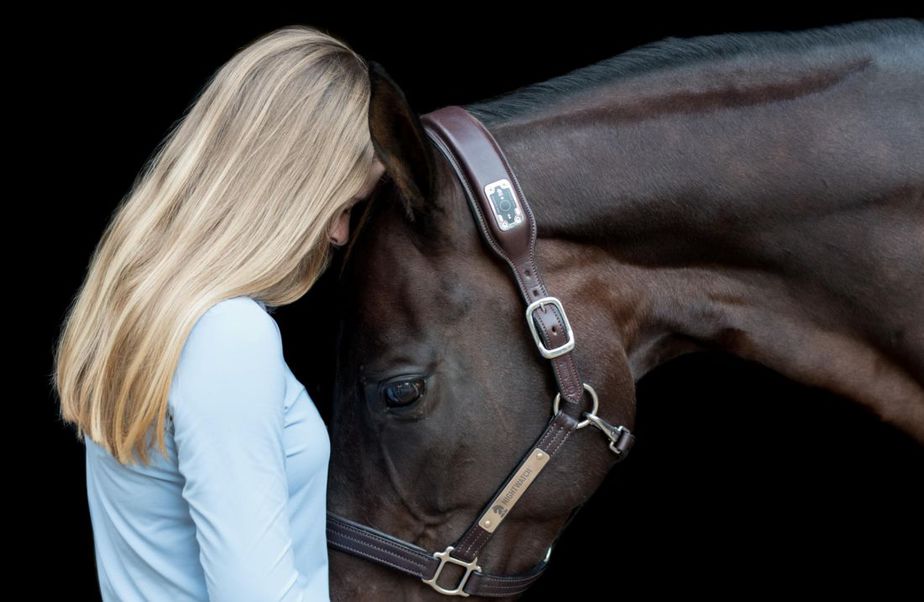
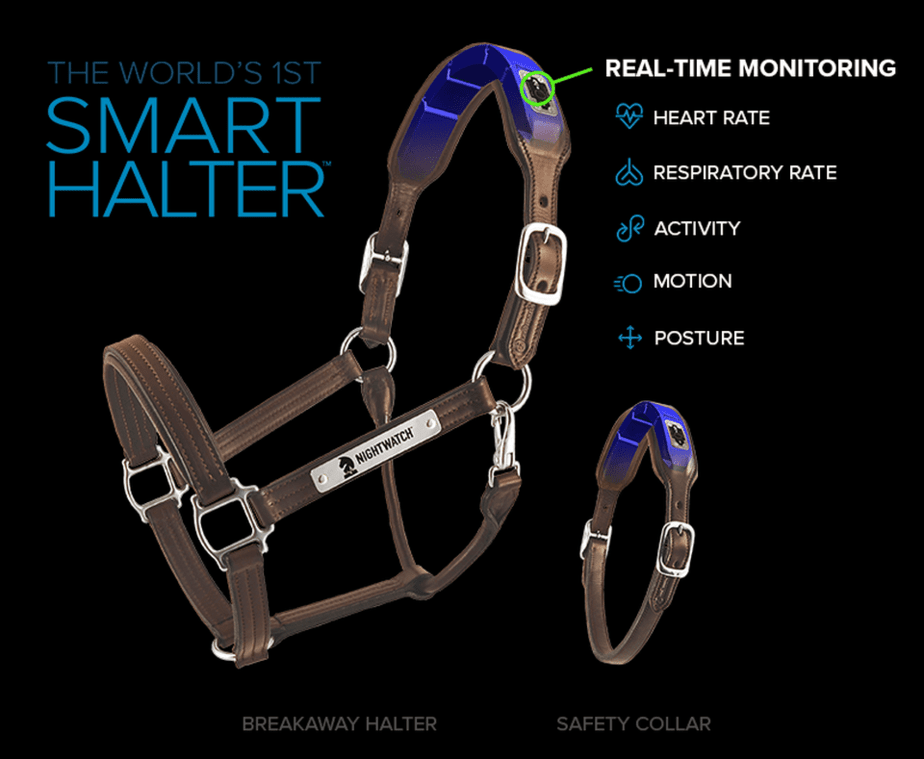
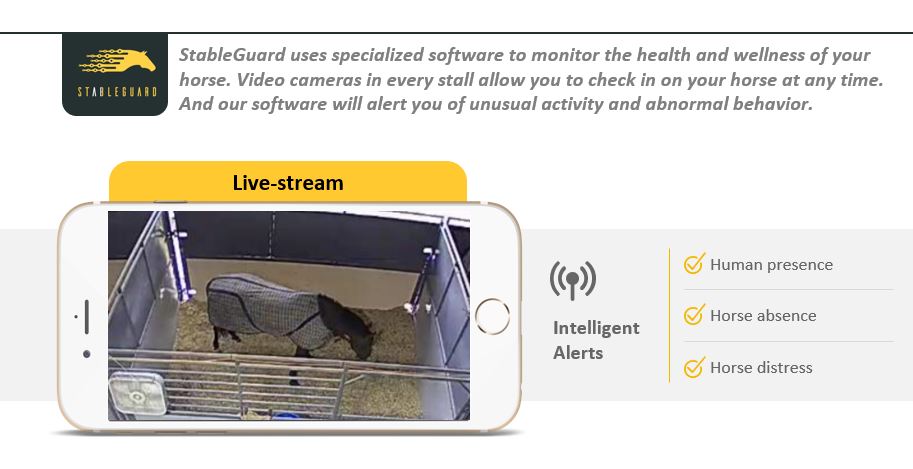
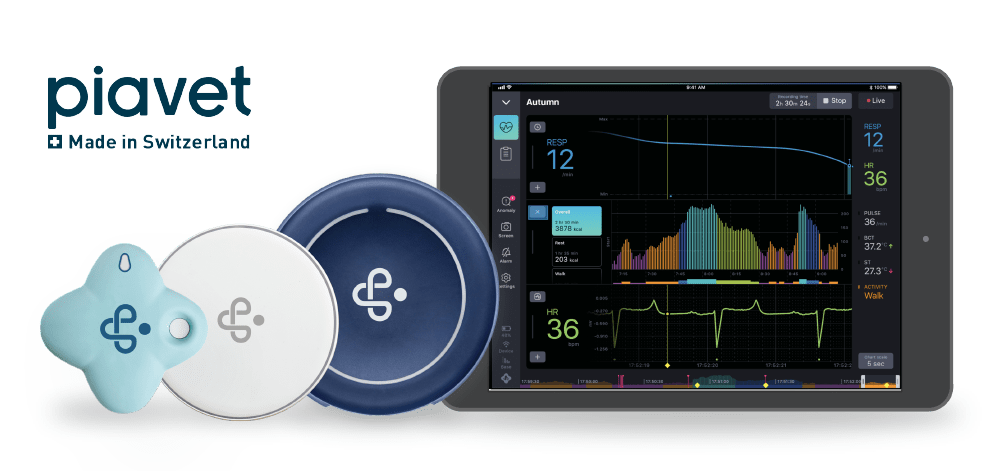





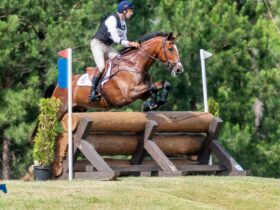




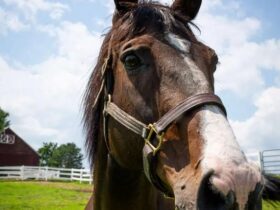
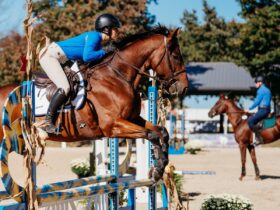



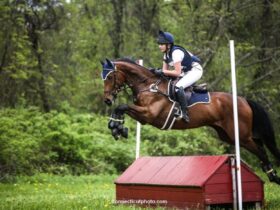


SOCIAL